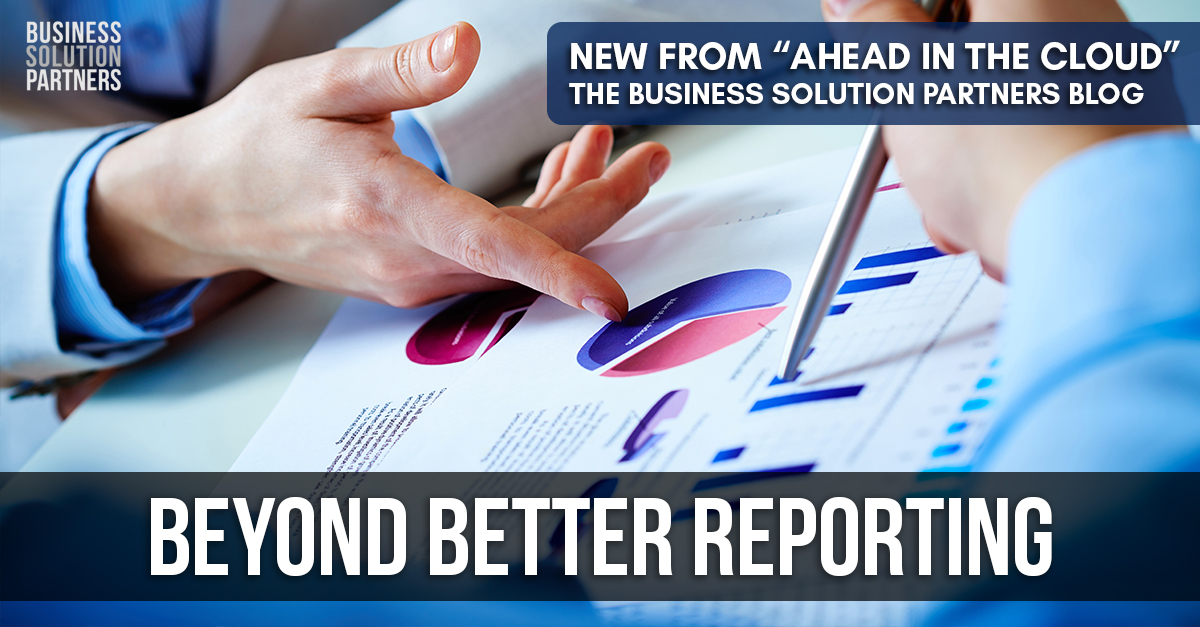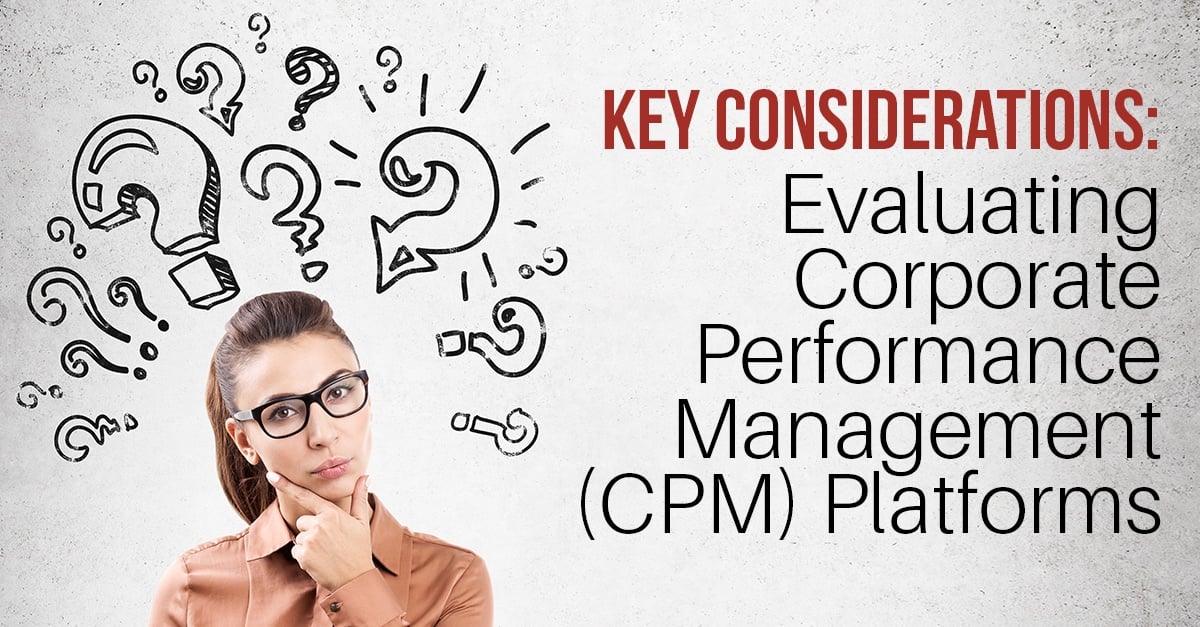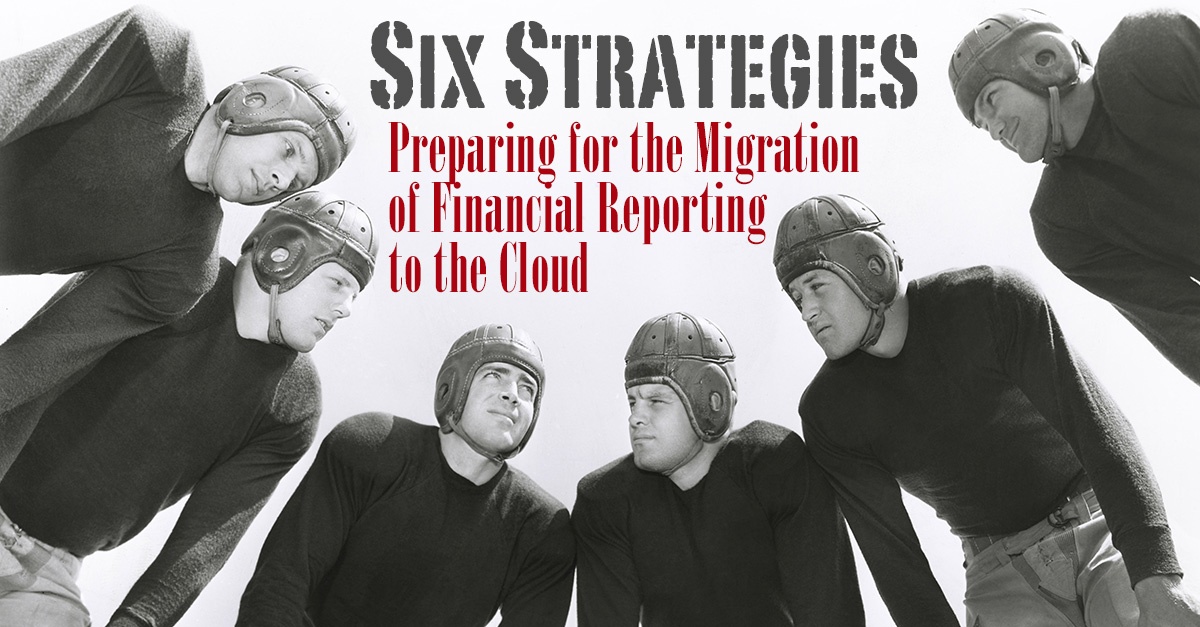Four Steps to Streamlined Financial Reporting
Does this sound familiar? Your finance team has endless spreadsheets to update and there are multiple users working on countless versions that are...

Every month, quarter, fiscal year end. It just never stops, and it never will. But we do it, and we get it done. It’s the reason why we wake up on weekday mornings...
These are the questions we should be asking ourselves. If we can enhance and optimize our process of reporting, we will be able to provide the best answers to these questions.When asked, most finance pros say that they spend way too much time on reporting, and not on the good bits of reporting. We all want to focus on decision making and pinpointing the key areas that generate the most value. However, we spend too much time preparing reports, copying and pasting, and formatting data from multiple teams and systems.
Then we have to make sure the data is accurate. Did our people pull the data at the right time, after month-end close? Did the data get captured after that one change HR needed to make to a payroll system for headcount? How do you know for sure?
We also tend to spend a lot of our time developing new reports and trying to find out if we even have the data readily available for those who are asking. Another question we should be asking ourselves is, are we spending our time on the right stuff at the right time?
I’ll give you a hint, the answer is usually, NO. All of this time lost inhibits our organization from making more well-informed decisions, when they need to be made.
So how do we get there? Here are three major things that my team and I have done in the past and what we teach to our customers.
One of the most interesting and valuable things I’ve done in the past was to reach out and have regular user group meetings with all those people I regularly work with across teams. This allows me to really get to know them.
We can consider them our "customers," but once we get to know them, we become more than that, we become their partners. By knowing for whom we are creating reports for and their needs, we can get to know their style, and get the report to tell their story the way they need it to.
And by opening up these forums, we can also begin to see common trends in reporting and data and identify common needs so we can build reusable reports and elements.
For example, exposing common needs across your partner groups might enable you to create a set of mutually agreed upon KPIs and formatting to ensure that the story is being told consistently over time to multiple groups. Think of the idea of "1 to many" over "1 to 1".
Once you know your audience, it then becomes very easy to know what it is they are looking for, and you’ll know the story they are trying to tell. But how do you tell the story in the form of a report that best provides not just the data, but the reasons for the data, the reasons why the data exists, and the reasons why we’re all talking about the data?
By using as many visual tools as you can, like line charts and waterfall charts, using multiple colors and comparisons, and being consistent in the presentation of data. All of this puts you in a better position of being a trusted partner that provides more relevant and accurate reports each and every time.
You also need make your reports as flexible as you can. One best practice we always suggest is adding one or two, never more than three dimensions to your reports as options to slice and dice the data in many ways.
It’s always good practice to tell the story in the simplest of ways but adding more dimensional granularity as parameters or filters to your reports, allows you to drill into data when or if it’s required without the need for further development.
By being able to tell the story consistently and in the right way, you’ll find yourself being able to foster conversation and being able to reduce the risk of alternate interpretations.
HRIS, CRM, ERP, BW, BI...did I miss any acronyms there? How many systems’ data can we cram into a report? It seems like our lives are measured on how many sources we can consolidate each reporting period, right?
I know that pain, you know that pain, I think we all do here. I mentioned it earlier, but the biggest complaint heard from FP&A pros is that most time is spent consolidating and checking the accuracy of reports.
But it’s a must-have. If your teams are in a position to do so, engage with IT to build you a data warehouse, which in simple terms, a singular database that houses data from multiple other sources. Or better yet, find an online solution that can integrate across systems and consolidate the data for you.
In either case, imagine a system that can draw in disparate data automatically into a single database, where for each reporting period you’d end up with a single source of truth, where you have financial and non-financial data in one place. This system is proven and keeps us honest and keeps us out of the business of checking and rechecking our data and questioning ourselves over and over.
So, where does this leave us? It leaves us with radical results. Doing all this admittedly requires a lot of commitment and investment in building the perfect solution. You don't have to do it all at once.
But for those who do one, a few, or all of these practices, you'll generally find reduced time to production for your reports, increased and consistent accuracy, and you'll see the benefit of having better conversations and allowing for better decision making at the right time.

Does this sound familiar? Your finance team has endless spreadsheets to update and there are multiple users working on countless versions that are...

Your financial planning and analysis (FP&A) team has finally gotten the green light to move beyond Excel spreadsheets and improve FP&A by...

Cloud-based financial reporting solutions hold the promise of modernizing fiduciary visibility by streamlining the reporting process, providing...